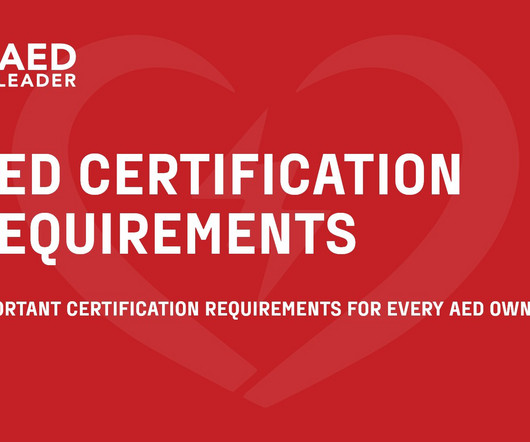Protected: Are AEDs Eligible for FSA/HSA Funds?
AED Leader
NOVEMBER 20, 2024
This content is password protected. To view it please enter your password below: Password: The post Protected: Are AEDs Eligible for FSA/HSA Funds? appeared first on AEDs for Sale | Buy Defibrillators and Accessories.















Let's personalize your content